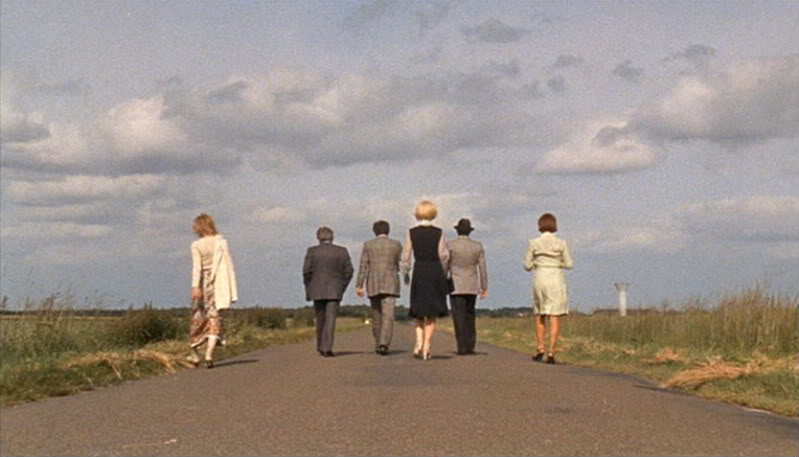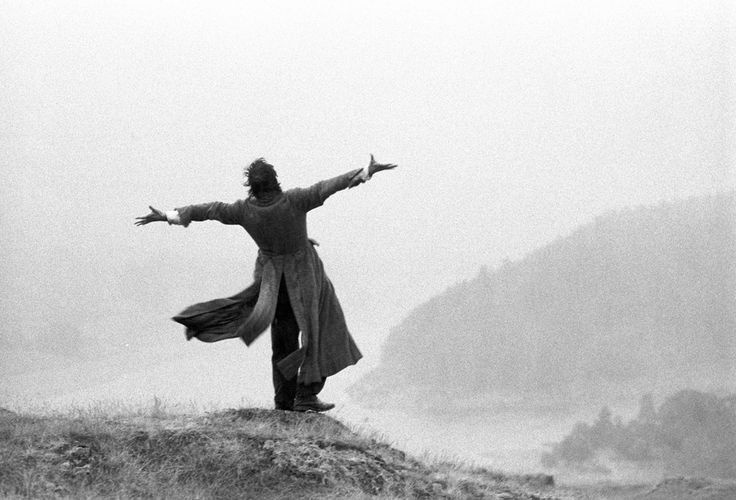
All The Lonely People
Chantal Akerman’s early features have one aspect in common: all are suffused with loneliness. In her first fiction feature, Je Tu Il Elle (1974), a character wanders between lovers old and new but is always confused as to what she really wants, only really content in isolation. In Jeanne Dielman, 23 Commerce Quay, 1080 Brussels (1975), we follow a woman trapped in the monotony of a mysteriously empty everyday … Continue reading All The Lonely People









